Ask people where the North begins, and you will get the most colorful and bizarre answers.
“The North definitely begins once you leave Staffordshire and enter Cheshire on the West Coast Main Line,” declared a Manchester teacher from Blackheath, before adding that although he was “essentially Northern” he had friends in Newcastle who “say I’m from the Midlands”’. Mmm-hmm.
In contrast, a student at the Royal Academy of Music suggested that Stoke-on-Trent – in Staffordshire – was the point at which things started to feel ‘northern’, before concluding, confusingly, that ‘true north’ naturally began in Liverpool.
“The North starts with Hull,” announced a bookseller originally from – you guessed it, Hull – telling me it was a silly question anyway, because “Being North isn’t just about geographical boundaries.”
‘Nottingham’ was the choice of a retired engineer from Lancashire, which puts him at great odds with a cultural curator from, yes, Nottingham, who said: ‘I’m from the Midlands so we don’t identify as Northern – although I think we probably wish we did’, identifying Sheffield and South Yorkshire as the rightful threshold.
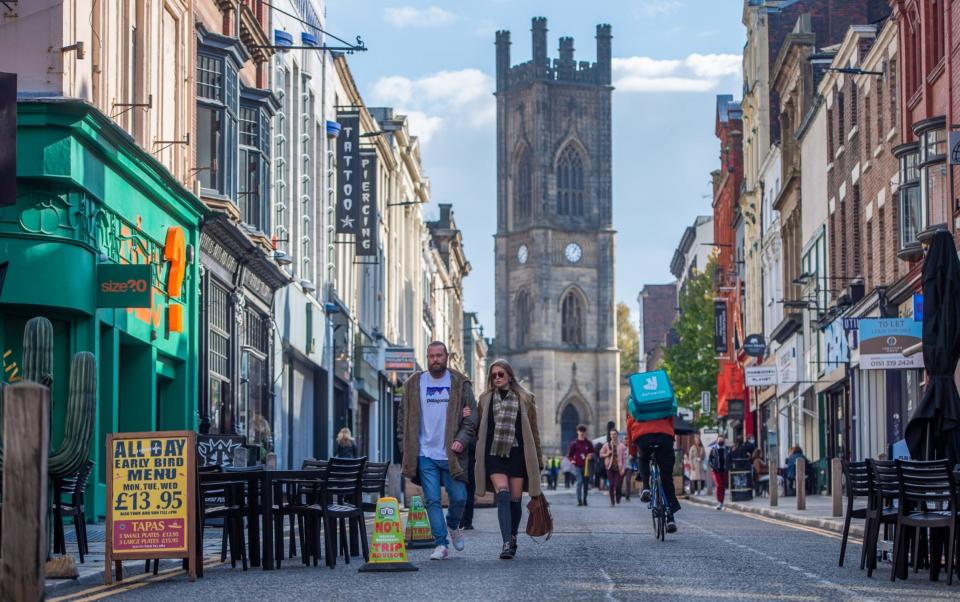

Other answers were by far more recherché: Bicester Village, and, even more absurd, and an answer you get a lot from Londoners: Watford in Hertfordshire, which is especially insulting because it’s on the Metropolitan Line of the London Underground.
The latter is a corruption of the Watford Gap in Northamptonshire, a junction in the limestone ridge that bisects England, just north of the village (not town) of Watford. The motorway service station that opened here in 1959, on the same day the M1 opened, is often seen in popular culture as the gateway between North and South. Unless you believe the Midlands don’t exist, this is highly fanciful, as that would make Leicester and Norwich to the north, and Stratford-on-Avon close.
But it makes cultural and metaphorical sense. It was here, in the 1960s, that the Beatles stopped for a plate of grease on their way from Liverpool to gigs in the South – so did many other rock stars. Rough, but with an aura of rock star swagger: no wonder this became the southerner’s metonym for the north.
The birth of the North
It is sometimes said that the boom of major industrial cities such as Manchester, Liverpool, Leeds and Sheffield in the 18th and 19th centuries marks the historical frontier of the North. But the roots go back much further. The idea of ’The North’ as a separate political entity probably dates back to the 3rd century AD, when the Roman province of Britannia was divided into Britannia Superior, governed from Londinium, and Britannia Inferior, governed from Eboracum (York).
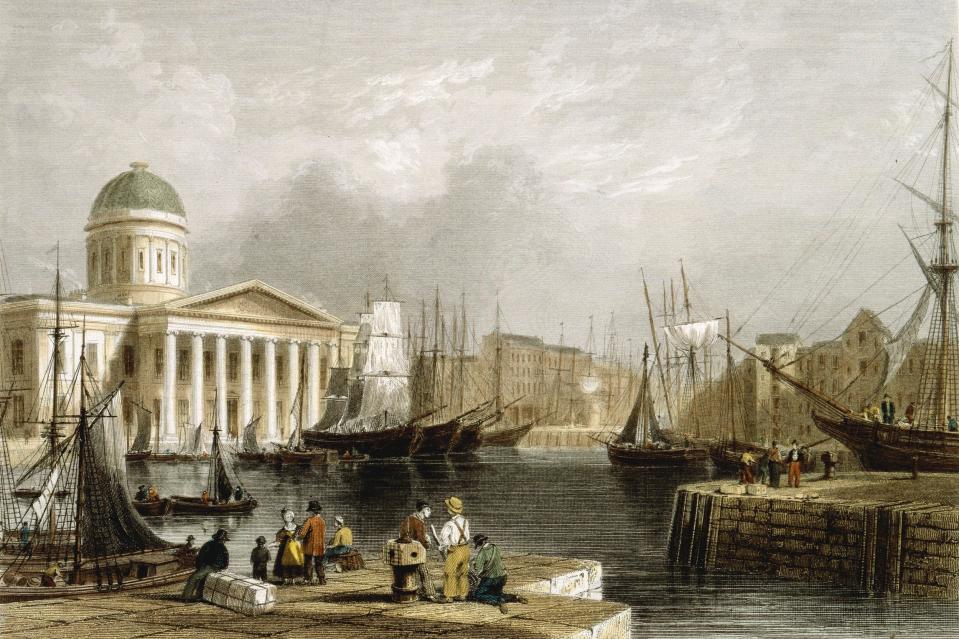

Britannia Inferior included most of what we today call the Midlands and the North, up to Hadrian’s Wall. The North was once defined by its remoteness from a ruling metropolis, in this case Rome. This boundary corresponds quite closely to those who believe that the north today begins at Nottingham.
After the collapse of the empire and the settlement of England by Germanic tribes, Angle Northumbria – ‘north’ of ‘Humber’ on the River Forth – briefly stood bright as a shining beacon of knowledge in the 7th century with the venerable Bede, monasteries packed with books, and ‘kings of the north’ such as Edwin (616-633), who were sometimes recognized as overlords by other Anglo-Saxon kings, demonstrating how the north, with its stronghold at York, was the dominant political force in these islands could be.
But at the end of the 7th century, the ‘sea pirates’ from Scandinavia stormed into England, first to plunder, but then to populate and plow. The ‘Great Pagan Army’ wintered in East Anglia in 865 and then kingdom after kingdom fell like bloody dominoes. Much of Northumbria was overrun, including Mercia. By 880, Viking settlers controlled virtually all of England and it fell to Alfred of Wessex, who frantically translated books from his hearth in Winchester as the dark tides of Viking invasion rolled over the land, to unite the remaining English kings and to put pagan settlers to flight. in London in 886.
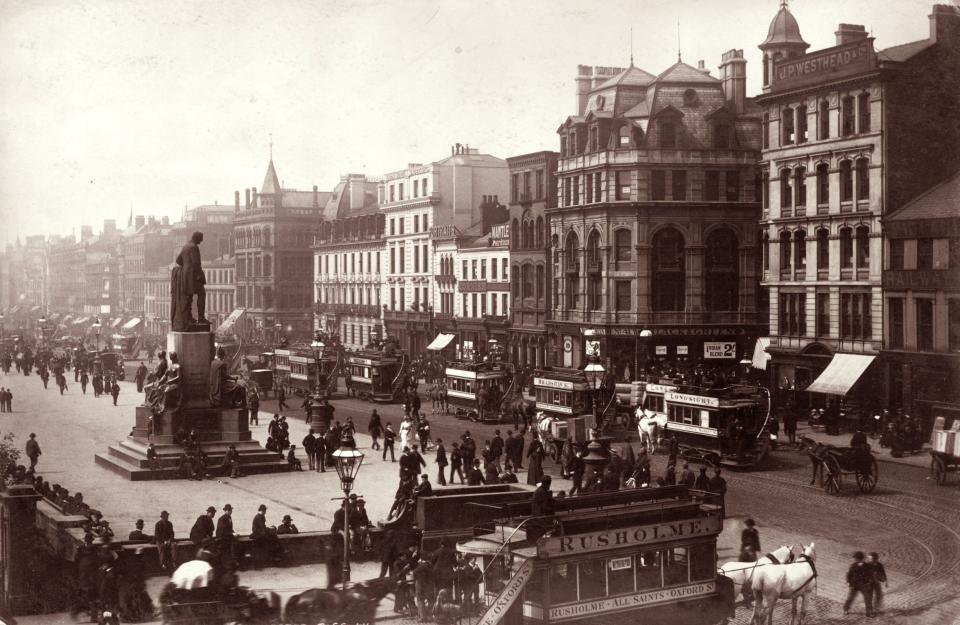

As a result, Guthrum, the leader of the Vikings, agreed to convert to Christianity and withdraw within agreed boundaries with a distinctive legal system – the Danelaw – north-east of the line from the Thames Estuary to the Mersey . It is true that there was inter-marital and cultural cross-pollination – jury trials, for example, comes from the Danelaw. But for decades the Norwegian and Danish settlers were the tormentors of the Anglo-Saxons to the south, and it is perhaps not surprising to suggest that some sort of historically deep-seated suspicion stems from that era.
The downfall of the North
The Danelaw was eventually incorporated into the unitary kingdom of England. But those living north of Humber and Merseyside would prove defiant in the face of southern control. Perhaps the most vivid episode in a general drama of cruelty was William’s Harrying of the North, to enforce his authority, which was opposed by the Northumbrian and Danish aristocracy.
In the brutal winter of 1069-70, towns, villages and farms in Yorkshire, Lancashire and Durham were destroyed. Tens of thousands of Northerners may have died; When the Domesday Book was compiled in 1086, much of northern England had become a wasteland, and historical memory was invoked as the region fell into decline following deindustrialisation in the mid-20th century.


More rebellions followed: the Pilgrimage of Grace and the Rising of the Northern Earls against the authority of the Council of the North, inaugurated by Richard III and chaired from York. Its autonomy ultimately largely corresponded to the three administrative mega-units that officially form the North today: the North West, the North East and Yorkshire and the Humber.
A ‘feeling’ of northernness
These historic boundaries, as well as the natural features of the landscape, can give us a sense of what the North might be geographically: the seven historic counties of Cumberland, Northumberland, Westmorland, Durham, Lancashire, Yorkshire and – most controversially – Cheshire. The north could therefore be roughly bounded by three rivers: the Humber, Trent and Mersey.
Yet this only gets us so far. As everyone points out, the North is as much a mentality as a place. As Morrissey puts it, “When you’re north, you’re north forever, and you get a certain sense of life that you can’t get rid of.” But what does this mean?
When I traveled through the north earlier this year on a book tour, I found nothing but warmth and coziness, beauty and Saturnalia, and quite a bit of sun, at almost every turn – in Manchester’s northern quarter with its vibrant red wines and graceful canals . -walks, in the chasmic square of Darlington where karaoke flows into the air, in the hills and bookshops of Glossop and Ilkley and the quays and beaches of Liverpool and its satellites; in Newcastle, York, Leeds and Sheffield. In Manchester someone told me I was the most southerly person he had ever met (although this didn’t stop him from visiting me in London).
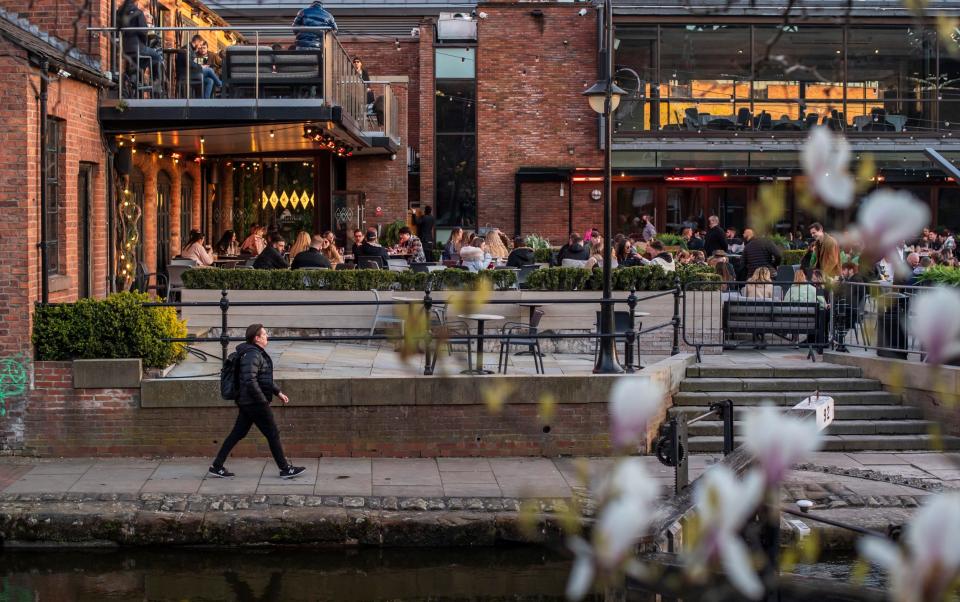

Because the problem – or beauty – of these playful stereotypes is that they can again end up in the eye of the beholder: what can be properly worn as a sign of shame can be a sign of pride. So while a Southerner might accuse a Northerner of curtness and lack of social grace, a Northerner might say that he is in fact just being outspoken and that this only shows the evasive and submissive nature of his accuser.
Where a Southerner might lump all Northerners together as working class, they might counter that they are in fact meritocratic and egalitarian, far better than being aloof and racked by class snobbery. And where southerners may perceive a parochial narrow-mindedness, northerners see only “citizens of nowhere.” This symbiosis of animus can also be found in the landscape. The North could, with some justification, be considered a vast industrial area, but at least it was not a parasitic ‘Great Wen’ feeding off the power of the North.
Outsiders might see the north as oppressively urban or, with its peaks, lochs and murderous moors, as wildly rural? It’s difficult to pin down the characteristics of Northerness when so much is a matter of perspective.
An identity, rooted in accent
Ultimately, I suspect a lot of it comes down to accent. Although northern accents are highly valued as an expression of local identity, they are too often seen as comical by outsiders.
“I have not heard a better story of an alehouse for seven years,” declared one MP at a speech delivered by the Yorkshire-born Speaker of the House of Representatives in 1547. It cannot be a coincidence that the Watford Gap line is also a loose approach. North-South isogloss between long and short vowels, between “passt/pahst”, “oop/up” and “bath/baath”.
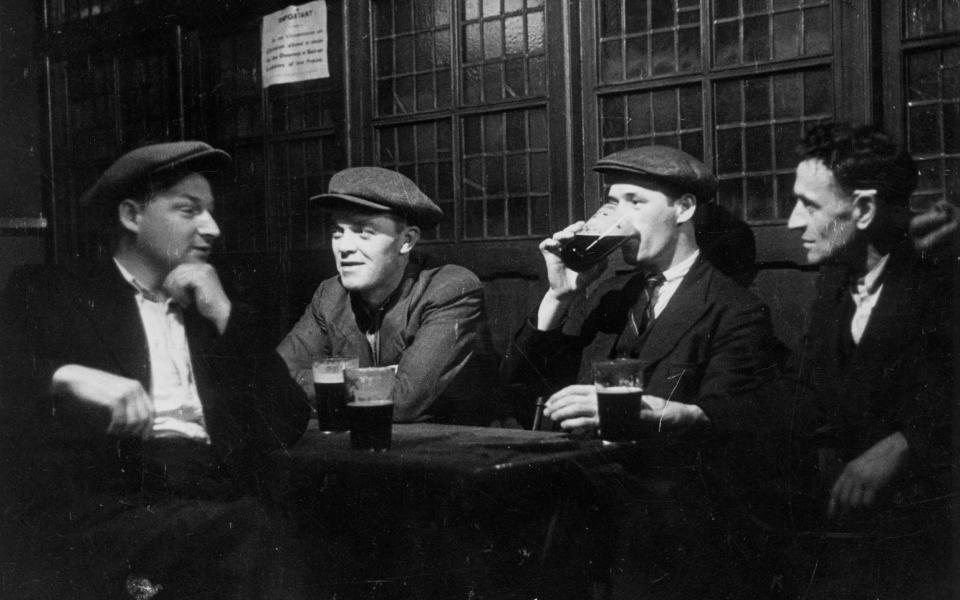

Reading from Keats Ode to a nightingale at school in the early 1950s, future poet Tony Harison remembers how his teacher cut him off as he recited the phrase “Mi’ art aches”: “That’s enough,” he said, “you barbarian.” Perhaps there is truth in the adage that language “communicates and excommunicates.”
Other countries have their North-South differences. In Italy, the poor south is often compared to the richer north. But it is more pronounced in Britain, partly because of the sheer size of London – fifteen times more populous than its nearest northern rival, Liverpool – and with a singularly unusual concentration of the turbines of wealth, the seat of power and headquarters of the arts. and professions all in the same place; ‘a market’, as the Northumbrian Bede put it in the 8th century, ‘of people and goods from all over the world.’ Whether ‘that London’ helps to vitalize or damage the North is a matter of debate, but all Northerners I spoke to found it welcome.
“That’s the great thing about London: it adopts you,” my Hull-born bookseller friend told me, “so I don’t necessarily think of myself as a southerner or a northerner, but I do think of myself as a Londoner.” Presumably Dr. Johnson feels the same way, and perhaps North and South are not as opposite as originally thought.